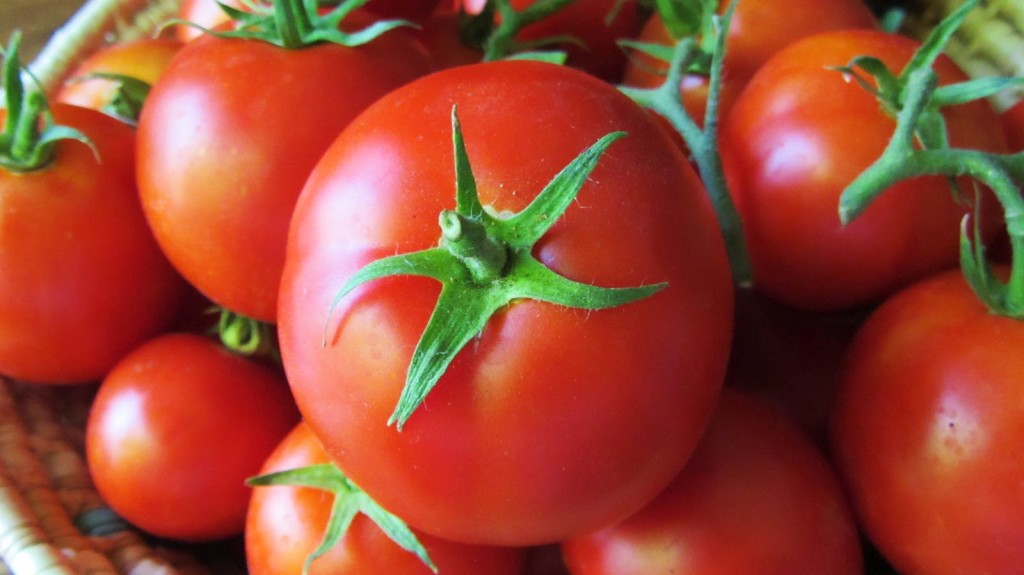By David Wall, Mt. Pleasant Master Gardener
Most are aware that when daytime temperatures consistently reach mid-90s and nighttime temperatures consistently don’t get below mid-70s, tomato production basically stops. Pollen hardens and can’t be extracted. Tomatoes lose the ability to ripen by turning red. Unfortunately, heat stress begins as low as the mid-70s, but there are ways to mitigate it.

Most vegetables and trees are C3 photosynthetic pathway plants. We’ll use a tomato plant as an example. Basically, when their leaf temperature (not the same as air temperature) reaches 78°, photosynthesis slows down and may stop completely at still higher leaf temperatures. Instead of photosynthesis, the plant moves into a photo-respiration dominant mode.
Under heat stress, the plant begins operating in a negative mode instead of positive. Transpiration, the movement of water from roots to leaves and loss by evaporation through leaf stomata, is part of this photo-respiration mode. Subsequent evaporation cools leaf temperatures, thus, helping lower plant stress. Healthier plants are better at cooling themselves.
Concurrent with reduced food (sugar) production, plants begin consuming their limited, stored sugar and lipid supply. If this continues long enough to exhaust all available lipids and sugars, plants will begin consuming their own proteins (nitrogens) for energy. Once this occurs, a plant’s ability to quickly recover drops dramatically.
Insects detect weakened plants and go on the attack. In their weakened condition, vegetable plants have very little defense against them.
One of the best strategies to alleviate heat stress is to use a foliar spray containing sugar, vegetable oils, or perhaps proteins (nitrogen). For me, a sugar foliar spray is easiest, and users report considerable plant improvement in as little as 24 hours of application. The spray can be used proactively as a preventive as well as during and after heat stress.
A foliar spray should definitely be considered this summer.





